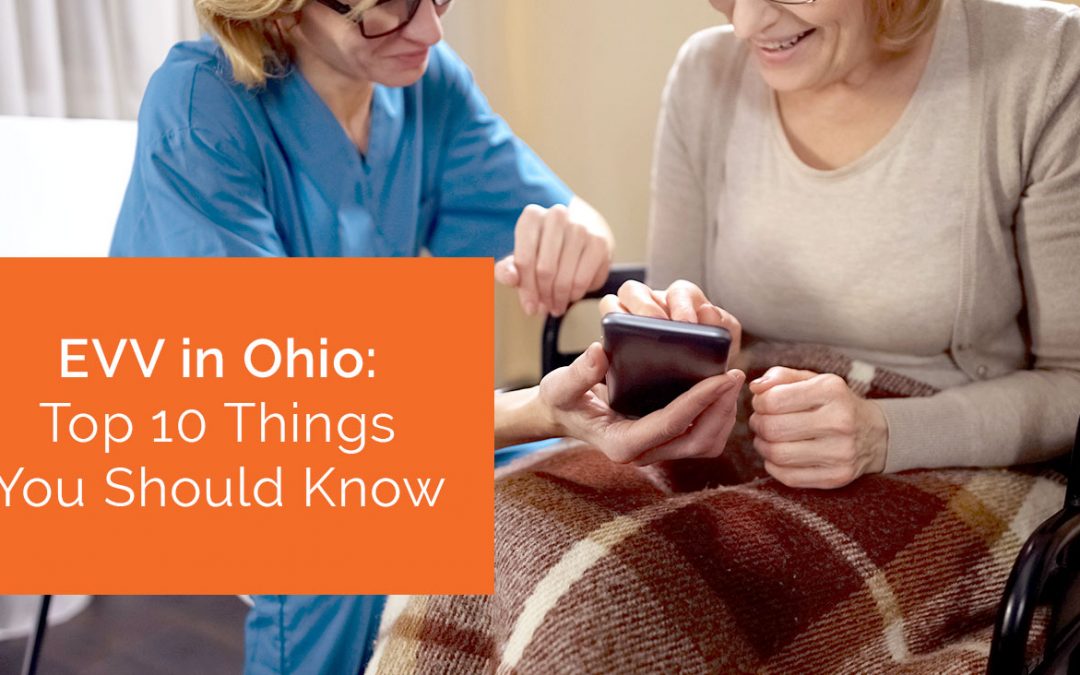When the recent spate of storm in 2017 lashed the southern U.S. and Caribbean, much of the news coverage focused on the flooding and massive destruction that the heavy rains, wind, and storm surges left in their wake. In many areas, the damage was catastrophic, and it will take months, if not years, to recover from the impacts of these storms.
Although most of the news coverage focused on the devastation in these areas and efforts to recover, there wasn’t a great deal of attention to some of the details of everyday life that were affected by the storms. One area in particular was home health care, and the challenges that agencies faced in making sure that their clients were not only safe, but also receiving the care and resources that they needed.
These challenges are a major reason that CMS has implemented new home health emergency preparedness regulations for home health agencies that go into effect this month, but they also provided some important lessons for home health agencies on how they can best face major disasters in the future.
Lesson #1: Multiple Lines of Communication Are Necessary
One of the surprising outcomes of Hurricanes Harvey and Irma was the fact that cell towers lost power very quickly — effectively rendering millions of people without access to communication. For many providers, this meant scrambling to find alternative means to check on clients and caregivers. In some areas, like in the Clearwater and Tampa, Florida region, home health caregivers and managers were able to drive to client homes to check on them, but that wasn’t the case everywhere. Therefore, the first lesson from these storms is that while cellphones are a key part of maintaining communication during normal operations, there needs to be backup as well. Maintaining a landline (not VoIP) for the agency and investing in two-way radios for key personnel can ensure that everyone stays in contact and has the information they need.
Lesson #2: Establish Client Triage
Not all home health clients require the same level of urgent care; in fact, some clients may go several days in between visits. What these highly destructive storms reminded agencies was that patients should be triaged according to their level of need, with those patients who receive daily visits or need the highest levels of care transferred to a facility temporarily, or assigned a caregiver to provide round-the-clock assistance. However, these storms also underscored the importance of remaining in contact with patient families or other caregivers, as in many cases, patients evacuated with family to another location. HHAs were reminded that planning needs to begin the moment that a storm is in the forecast, and that knowing which clients need the most help is vital to planning.
Lesson #3: Know Where People Are
Knowing where your clients and caregivers are — even when they evacuate — is an important part of maintaining business continuity and the health and safety of your workers and patients. However, knowing where everyone is also helps ensure that you can continue to provide services to the highest acuity patients. Using home health software, mapping out locations helps you determine which caregivers are closest to the clients and most likely to be able to provide care during and after the storm. In the event that serious damage or risks pop up — such as when Houston flooded after Hurricane Harvey — using that mapping, the main office can determine who is where, and deploy resources to those individuals as needed.
Lesson #4: Evacuations Can Disrupt Business
As Hurricane Irma barreled toward Florida, an unprecedented number of individuals evacuated their homes and headed inland to escape the storm’s wrath. For many home health agencies, this meant that clients were safe with family, but it also meant that many caregivers were unavailable for several days. Not to mention, many caregivers returned to find significant damage to their own homes, as well as power and water outages and other effects from the storm that could either keep them from coming to work or providing the level of service they typically did. HHAs must be prepared to deal with such issues with a comprehensive staffing plan, resources to assist employees in returning to work, and backup plans for providing care, including a plan for managing documentation if electricity, cell service, or internet service is disrupted.
Lesson #5: Public Health Is at Risk
When we talk of the dangers of these storms, we often talk about flooding or winds that can create hazards that lead to death. However, major storms can also create other public health risks that home health agencies and caregivers must be prepared for. For example, in Houston, the floodwaters contained harmful chemicals from many of the oil refineries and petrochemical plants in the area, in addition to the normal bacteria found in floodwaters.
This toxic water can be harmful even to healthy individuals, never mind those with chronic illness. Mold is also a concern, as well as the impact of displaced wildlife, such as insects. Home health care providers need training in these risks and how to avoid or mitigate them, and how to respond to risks present in a client’s home.
Perhaps more than anything, the major lesson to be learned from these recent disasters is that planning is one thing, but putting those plans into action during a real emergency is another. Home health agencies were able to test their plans, identify weaknesses, and can now make changes that will benefit everyone the next time Mother Nature decides to show her strength.
If you are working on disaster plans for your agency, check out Complia Health’s software products that can help streamline both patient and caregiver management.




